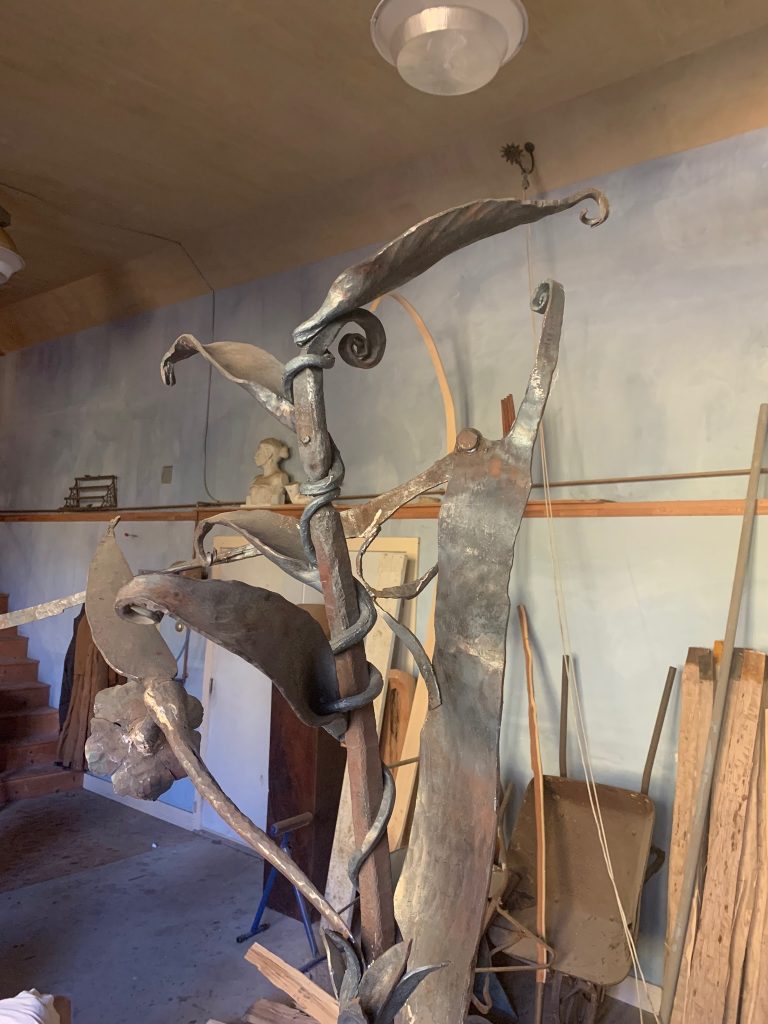There is a poignant moment in the movie, “The Tango Lesson,” when Pablo Veron tells Sally Potter that “he didn’t find tango, tango found him.” In 2016, I met the noted holocaust scholar, Amy Loewenthal. When she found out through our conversation that I was passionate about tango, she directed me to a number of sources related to music and the holocaust and more specifically to references of tango and particularly, to the tango of death, Tango Mortii. Of all the notorious concentration camps, Janowska in Poland is renowned for the record of its horrors. The atrocities committed there defy comprehension and the level of indifference exhibited there, staggers the mind. Of all I have read and all that I have seen, what burns in my mind is the image of musicians who were ordered to play tango compositions as an accompaniment to public torture, mutilation and murder. Although I still love the dance, for completely separate reasons, I now understand why tango found me. This work celebrates the beauty of tango and exposes its deepest, darkest secret.
I imagine here a man and a woman dancing a tango. She is beautiful, vulnerable as one can only can be in the embrace of tango. At the same time she is ferocious and her dagger flails the air. Her partner, tree-like, vining his way heavenward, wields a mighty sword, its sword guard, the star of david. Growing up with comics and superheros, I wonder where was the saviour to protect us from the Nazis. A cluster of small abstract figures stand atop the smokestack. Intentionally diminished, represent the Nazi guards from the photo of the orchestra at Janowska. There is a boot print. an old axe head and a bundle of twigs. There is a tango score from Auschwitz which is the last element I will add to this piece.










